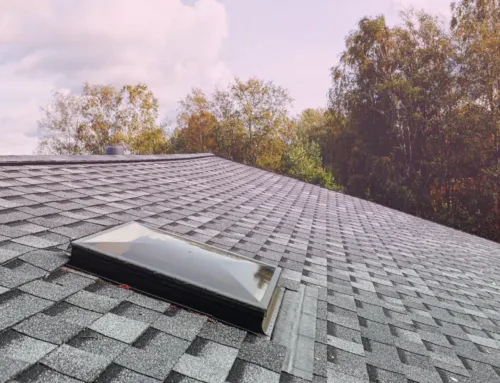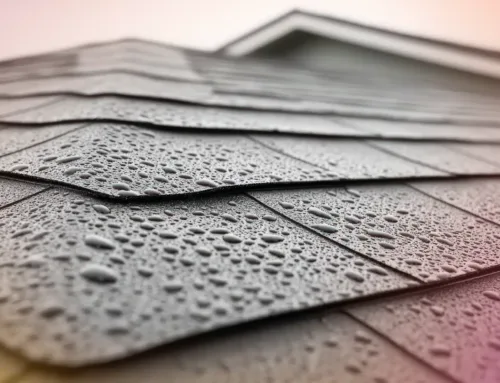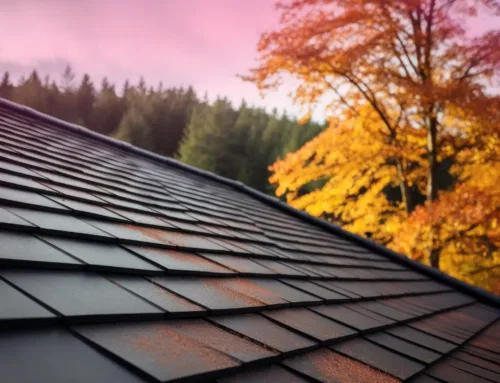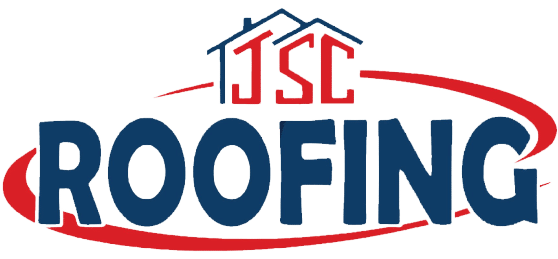As the wet season approaches, ensuring your roof is ready to withstand heavy rain is crucial for protecting your home from leaks and costly water damage. One of the most important—yet often overlooked—components is roof flashing. Proper inspection and maintenance of flashing can prevent major issues before they start.
Why Roof Flashing Matters
Roof flashing is the metal material installed around chimneys, vents, skylights, and where the roof meets vertical walls. Its main job is to create a watertight seal at these vulnerable points, directing water away from seams and joints. Damaged or deteriorated flashing is a leading cause of roof leaks and interior water damage.
What to Check During a Roof Flashing Inspection
Before the wet season, use this checklist to ensure your flashing is in top condition:
1. Inspect for Rust, Cracks, and Gaps
- Look for rust, corrosion, or cracks in the metal flashing, especially around chimneys, vents, and skylights.
- Check for gaps or separation between the flashing and the roof surface. Even small openings can allow water to seep in.
2. Check for Loose or Damaged Flashing
- Ensure all flashing is securely fastened. Loose flashing can be lifted by wind or rain, exposing seams to water intrusion.
- Replace any sections that are bent, warped, or missing.
3. Examine Sealant and Caulking
- Inspect the sealant or caulking around flashing edges. Over time, sealants can crack or deteriorate, creating entry points for water.
- Reapply roofing cement or caulking where needed to maintain a watertight seal.
4. Clear Debris from Valleys and Flashing Areas
- Remove leaves, twigs, and debris that can trap moisture around flashing and roof valleys.
- Blocked valleys or flashing can cause water to pool and accelerate deterioration.
5. Look for Signs of Water Damage
- Check the attic and ceilings for water stains, mold, or damp insulation near roof penetrations. These are signs that flashing may be failing.
- Address any interior signs of leaks immediately to prevent further damage.
6. Schedule a Professional Inspection
- If you’re unsure about the condition of your flashing, or if you spot significant damage, contact a roofing professional for a thorough inspection and repairs.
- Regular professional inspections can catch hidden issues and extend the life of your roof.
Additional Roof Maintenance Tips
- Clean gutters and downspouts to ensure proper drainage and prevent water from backing up onto the roof.
- Inspect shingles for cracks, curling, or missing pieces, as these can also lead to leaks.
- Ensure attic ventilation is adequate to prevent moisture buildup and ice dams.
Why Timely Flashing Inspection Saves Money
Neglecting flashing maintenance can result in expensive repairs, including structural damage, mold remediation, and even full roof replacement. Proactive inspections and minor repairs are far more cost-effective than dealing with major leaks after the wet season begins.
JSC Roofing is committed to helping homeowners protect their properties year-round. For expert roof flashing inspections, repairs, or even sliding door repair CT services, trust our experienced team to keep your home safe and dry this season.










